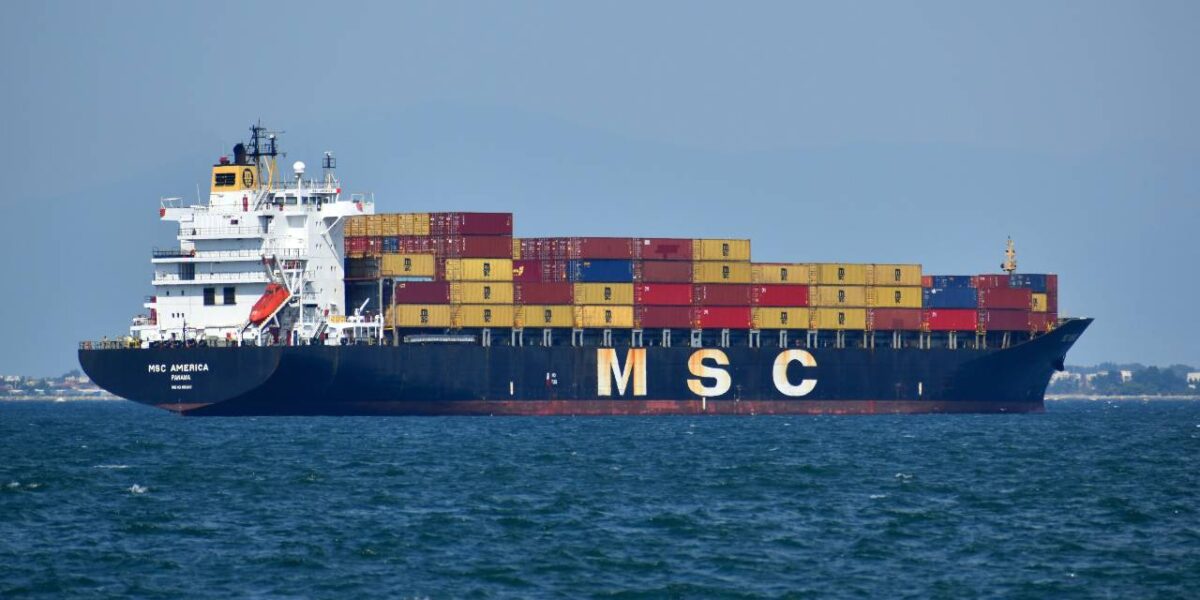Many observers would say that Dr. Johnson’s sour assessment of the life of a sailor, issued near the end of the 18th century, is still timely today. Despite the existence of some unions for seafarers, and the guidance provided by well-intentioned public documents like the International Labor Organization’s Maritime Labor Convention, working conditions for seafarers are often still almost as vile as they were in Dr. Johnson’s day, especially for those without the protection of a union contract.
The experience of the pandemic years highlighted the human rights crisis at sea, but the abuses that drew public attention during the COVID-19 pandemic- seafarers not being allowed off their ships for many months at a time, poor wages, lack of appropriate help in getting home after an employment stint has ended, management bullying – are logical extensions of the systemic abuses that have characterized both the deep-sea freight sector and the cruise line sector for decades. For many workers at sea, the ocean is still a human-rights-free zone.
According to the International Chamber of Shipping nearly 90 per cent of world trade is carried by deep sea ships.
“There are over 50,000 merchant ships trading internationally, transporting every kind of cargo. The world fleet is registered in over 150 nations and manned by nearly 2 million seafarers,” the Chamber reports in a recent article. Meanwhile, the cruise ship tourist sector, with 430 ships in global waters, says that it supports a million jobs and generated over $18 billion in revenue last year.
Spoiler alert, not much of the revenue from lucrative freight shipping and tourism at sea ends up in seafarers’ pockets, and not nearly enough has been expended by employers to meet basic human needs of the at sea workforce.
At sea as on land, the pandemic heightened existing contradictions and created new ones. Even before COVID-19, seafarers too often found themselves abandoned by their employers in distant ports without any help in getting home. But with COVID panic making many ports deny sailors land access while their ships were loading or unloading, and creating other obstacles to travel, the number of worker abandonments spiked into the hundreds of thousands.
An August 2022 article in Seatrade-Cruise.com, a site friendly to the cruise industry, reported that by then 150,000 cruise ship workers had been repatriated in a joint effort by employers and unions, while in the freight sector nearly 300,000 were still marooned, often stuck on their ships, and unable to return home.
A month before, in July of 2022, two and a half years after the pandemic first struck, 4.2 per cent of seafarers were then on board beyond the expiration of their contracts, with 0.3 per cent on board beyond the 11 month maximum mandated by the Maritime Labour Convention. (Reader, let us pause for a moment to reflect on the fact that the Labour Convention, theoretically meant to protect workers at sea, allows them to be kept away from home and down time for nearly a year. That mandated stay is bad enough, but during the worst of the COVID confusion, some workers were kept from home for up to 20 months!)
“The insidious culture of seafarer abandonment is a direct result of a lack of effective enforcement of human and labour rights protections in the industry. There is still little, to no, deterrent effect or transparency,” said David Hammond, the founder and chief executive of the non-governmental organization Human Rights at Sea.
“Without the hard backstop of union, port and flag state inspections and associated ship arrests disrupting violator’s financial liquidity, the rates of abandonment would keep rising without check,” he said.
Here are a few examples, drawn from the Seatrade-Cruise article cited above.
“Daresh Villarayan of Punnaikayal in Tamil Nadu, India, spent a month on the MT Peterpaul while it was stuck in Sri Lanka. He has also had to quarantine numerous times. He recorded videos of himself and his crewmates talking about their predicament from the ship, which is now back on the move.
“Because of corona (COVID-19), there are lot of problems in the life of a seaman,” he said.
Hermant Solanki, another Indian crew member from Surat, Gujarat, could not find work for eight months. He tried to join a ship in Egypt, but instead had to spend a month in a hotel before finally making his way to the MT Peterpaul.”
The number of seafarers abandoned by their employers continued to grow in 2022, the worst year on record so far. Last year saw 103 vessels and nearly 1,700 seafarers abandoned, according to Sea Trade Marine News. The same article reports that over $40 million in unpaid seafarer wages is currently owed, with some of the debt going back 20 years.
“When abandoned on vessels, seafarers are left alone to fend for themselves while corporations avoid their responsibilities. When those who destroy the lives of seafarers also employ them, it is, in all senses, deeply troubling,” commented Steen Lund of Rightship, an organization that describes its goal as “To be a trusted innovation partner, charting a safe, sustainable and socially conscious future for the maritime industry.”
Clearly, despite the efforts of unions, the ILO, the UN and NGOs, much more work is needed to protect the vital and too often exploited workers on our world’s oceans. Until that unfinished work is completed, Dr. Johnson’s severe comments will continue to be timely. It may remain safer and better to go to jail than to go to sea.




